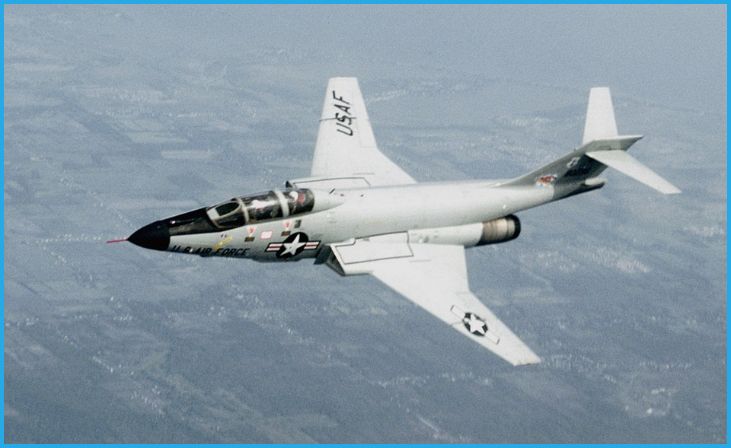In the dynamic world of aviation, where innovation and excellence soar hand in hand, there have been instances of missteps and failures. Despite the engineering marvels that dominate the skies, some fighter jets have garnered notoriety for their flaws and shortcomings. From design flaws to performance issues, let’s delve into the realm of the seven worst fighter jets of all time.
Lockheed F-104 Starfighter:

Known as the “Widowmaker,” the F-104 gained infamy for its high accident rate and challenging handling characteristics. Its short wingspan and high speed capabilities made it prone to accidents, earning it a reputation as a dangerous aircraft.
McDonnell Douglas F-4 Phantom II:
While initially designed as a fleet defense interceptor, the F-4 struggled with maneuverability issues, particularly at low speeds. Its lack of an internal cannon was also criticized, leading to modifications in later versions.
Grumman F-111 Aardvark:
Despite its advanced avionics and variable-sweep wings, the F-111 faced criticism for its high cost and maintenance requirements. Its complex design contributed to difficulties in operational deployment and reliability issues.
Convair F-102 Delta Dagger:
Intended as an interceptor, the F-102 suffered from inadequate performance and reliability problems. Its sluggish acceleration and poor combat capabilities led to its replacement by more advanced aircraft.
Sukhoi Su-7:
While the Su-7 possessed impressive speed and agility, it was plagued by reliability issues and limited range. Its short operational range and maintenance requirements hindered its effectiveness in combat situations.
English Electric Lightning:
Despite its exceptional speed and climb rate, the Lightning faced criticism for its limited range and endurance. Its reliance on fuel-thirsty engines restricted its operational capabilities and deployment options.
McDonnell Douglas F-101 Voodoo:

Initially designed as a long-range bomber escort, the F-101 struggled to fulfill its intended role and faced criticism for its limited combat capabilities. Its lack of agility and outdated design contributed to its eventual phase-out from service.
While these fighter jets may have fallen short of expectations, they have also contributed valuable lessons to the evolution of aviation technology. Each failure serves as a reminder of the challenges and complexities involved in designing and operating high-performance aircraft.
In conclusion, the seven worst fighter jets of all time stand as cautionary tales in the annals of aviation history. From design flaws to performance issues, these aircraft serve as reminders of the importance of thorough testing, innovation, and continuous improvement in the pursuit of excellence in aerospace engineering. As we look to the future, let us learn from these mistakes and strive to push the boundaries of what is possible in the world of fighter jets.
